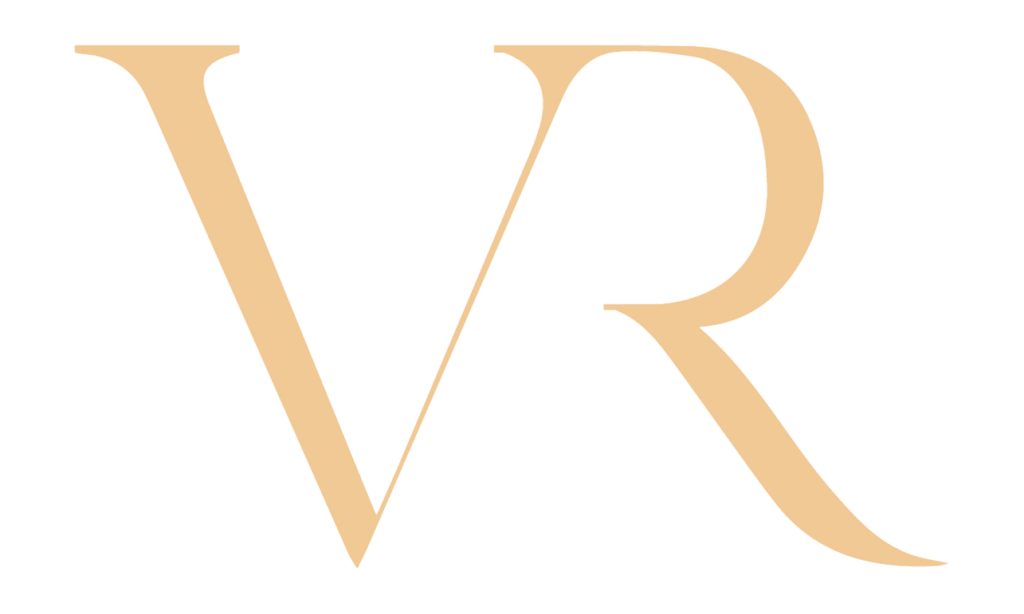Individuals are increasingly relying on Assisted Reproductive Technologies (ARTs) to realise their reproductive rights and desire to procreate as a result of rising infertility rates worldwide. The emergence of ARTs and the development in this field has brought many new legal questions that need consideration and answering.
An important concept surrounding gamete donation relates to the anonymity of donors.
What are gametes?
A gamete is a reproductive cell of an animal or plant. Often these cells are referred to as sex cells. In humans, female gametes are called ova or egg cells, and male gametes are called sperm. Each of these sex cells carries one copy of each chromosome.
As with many other types of cells and even organs, gametes can be donated by one human to another human. As a result of these donations, individuals can reproduce even in cases where they suffer from permanent reproductive issues.
Current legal position in South Africa:
Reproductive rights have been recognised and protected to differing degrees and with different focuses throughout South Africa’s history. Notably, when the Constitution came into effect protection was given to reproductive rights. Section 12(2)(a) of the Constitution provides that “everyone has the right to…make decisions concerning reproduction”. Initially, this right was interpreted as providing individuals with the right to not reproduce, however, the right has been expanded by the Constitutional Court (“CC”) in the decision of AB v Minister of Social Development, to include the right to noncoital reproduction. This expansion is supported by the existence of regulations specifically relating to the artificial fertilisation of persons.
The right to use ARTs and the different aspects relating to these technologies are governed by the National Health Act (“NHA”), its accompanying regulations, and the Children’s Act. The NHA provides that “A person may use tissue or gametes removed… from a living person only for such medical…purpose as may be prescribed”. It is argued by certain authors that ARTs are a medical purpose as is required by the legislation. The rules surrounding the donation of gametes are set out in the regulations of the NHA and the Children’s Act. One important rule created by the regulations relates to the prohibition of disclosure of certain facts.
Based on the legislative framework the identity of a person who donated or received a gamete may not be disclosed. This does not prohibit a donor’s necessary medical information from being shared with the recipient, but any information that might reveal the identity of a donor may not be disclosed. Therefore, as the law currently stands children who are born as a result of ARTs do not, and will never be able to know, who their donor or genetic parent is.
Overall, it is argued by many authors that the current legal position, whereby donors remain anonymous, should remain as it protects the important interests of both children born as a result of the donation and the recipient parent(s).
Reference list:
- The Constitution of the Republic of South Africa, 1996.
- The National Health Act 61 of 2003.
- The Children’s Act 38 of 2005.
- Regulations Relating to Artificial Fertilisation of Persons, 2011 GN R262 in GG40312 of 01-04-2011.
While every reasonable effort is taken to ensure the accuracy and soundness of the contents of this publication, neither the writers of the articles nor the publisher will bear any responsibility for the consequences of any actions based on information or recommendations contained herein. Our material is for informational purposes.
